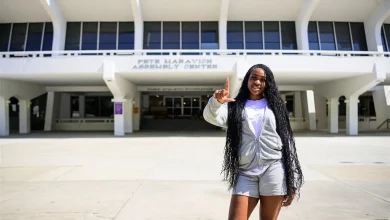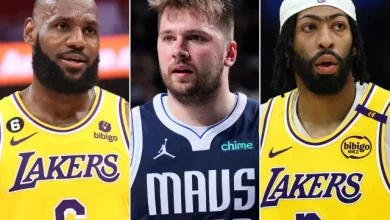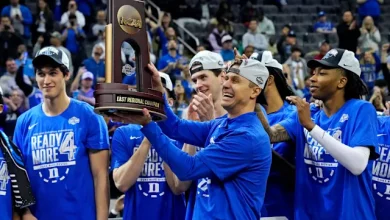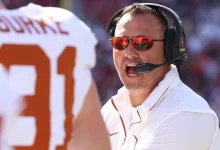Jaden Hardy may be traded amid roster limitations and backcourt competition as the Dallas Mavericks prepare for the 2025–26 NBA season.
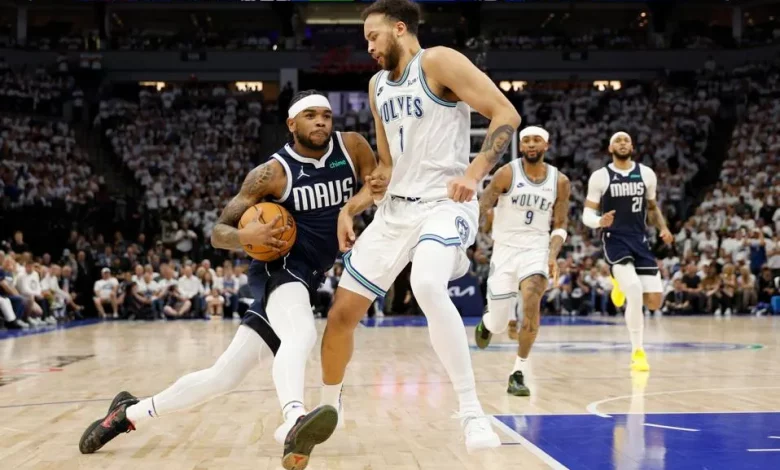
The Dallas Mavericks are entering a pivotal phase as they gear up for the 2025–26 NBA season, facing significant roster decisions amid ongoing backcourt competition and roster constraints. Among the notable players potentially impacted by these developments is Jaden Hardy, a young guard whose future with the team is now under scrutiny. Hardy’s potential trade candidacy underscores the broader strategic adjustments the Mavericks are making to optimize their roster and position themselves for success in the highly competitive Western Conference.
Jaden Hardy, selected by the Mavericks in the 2022 NBA Draft, quickly garnered attention for his scoring ability, athleticism, and offensive potential. Coming out of high school, Hardy was regarded as one of the most talented guard prospects, with a skill set that included deep shooting, ball-handling, and the ability to create his own shot. His entry into the NBA was met with high expectations, and he demonstrated flashes of brilliance during his rookie season, showing promise as a scorer and playmaker.
However, Hardy’s development has faced challenges, including limited playing time, adjusting to the speed and physicality of the NBA, and navigating a roster with established stars and depth in the backcourt. The Mavericks, having made significant moves in recent years—including acquiring star players and reshaping their roster—are now faced with balancing their core pieces while integrating young talent like Hardy. This balancing act is crucial as they aim to contend for championships, and it brings into focus whether Hardy’s role aligns with the team’s current strategic direction.
Roster limitations are a key concern for the Mavericks. As teams often operate within the constraints of salary caps, luxury taxes, and roster spots, every decision involves trade-offs. The Mavericks’ front office has shown a willingness to make bold moves, including trades and free-agent signings, to build a competitive roster. Yet, these moves often necessitate difficult decisions regarding player retention and development. In Hardy’s case, if the team perceives that his playing time and development opportunities might be limited behind veteran guards or established starters, they may consider trading him to maximize roster flexibility and acquire assets that better serve their immediate championship ambitions.
Backcourt competition is another critical factor influencing Hardy’s potential trade candidacy. The Mavericks boast a roster with several talented guards, including established stars and veteran role players. This depth creates a challenging environment for a young, developing player like Hardy to secure consistent minutes. Limited opportunities can hinder his growth and impact his long-term value, prompting management to evaluate whether a change of scenery might better serve Hardy’s development and career trajectory. Conversely, some teams seeking a promising scorer or a young guard might see Hardy as a valuable addition, making him an attractive trade asset.
The decision to trade Hardy is not solely about roster space or competition; it also involves strategic considerations about team chemistry, salary cap management, and future planning. For example, if the Mavericks aim to prioritize veteran experience and immediate championship contention, they might prefer to trade Hardy for established players who can contribute right away. Conversely, if they believe Hardy has significant untapped potential, they might look to develop him further within the organization, possibly offering him more playing time or a different role. The eventual decision hinges on assessing Hardy’s current development, his fit within the team’s system, and their long-term vision.
Trade discussions involving Hardy would also consider his contractual situation. As a rookie, Hardy’s rookie-scale contract provides cost-controlled talent, which can be an appealing asset for teams seeking young, affordable players with upside. If the Mavericks decide that Hardy’s value as a trade piece outweighs his potential contribution in the near term, they could target teams in need of scoring depth or guard talent. Such trades could involve draft picks, other young players, or role players to balance the return.
Moreover, Hardy’s potential trade is reflective of a broader trend in the NBA, where teams continually assess their roster composition to maximize flexibility and success. Young players with high upside are often traded if their development stalls or if strategic shifts demand different profiles. The Mavericks’ willingness to consider trading Hardy demonstrates a pragmatic approach, prioritizing team success and roster balance over individual player loyalty.
The implications of trading Hardy extend beyond immediate roster adjustments. For Hardy himself, being on the trade block can be a challenging and uncertain experience, but it also presents an opportunity for a fresh start and increased playing time elsewhere. For the Mavericks, acquiring a different player or assets through a trade involving Hardy could bolster their roster, address specific positional needs, or provide future flexibility.
In the broader context, Hardy’s situation highlights the delicate balancing act faced by NBA teams in roster management. Developing young talent while remaining competitive requires strategic patience and sometimes difficult trade decisions. Hardy’s potential trade candidacy underscores the importance of aligning individual player development with team goals, ensuring that roster moves serve the best interests of both the player and the organization.
Ultimately, whether Hardy remains with the Mavericks or is traded before the 2025–26 season, his future remains promising. His talent, work ethic, and potential continue to attract interest across the league. For the Mavericks, the priority is making strategic decisions that position the team for sustained success, whether that involves developing Hardy within their system or leveraging his value in trades to acquire complementary pieces. As the season approaches, all eyes will be on how the Mavericks navigate these roster challenges and what role Hardy will play in their championship pursuit.
In conclusion, Jaden Hardy’s potential trade candidacy reflects the complex, multifaceted considerations facing the Dallas Mavericks as they prepare for the 2025–26 NBA season. With roster limitations and stiff backcourt competition, the team must weigh Hardy’s developmental prospects against their immediate championship ambitions. Whether Hardy stays or is moved, his journey exemplifies the dynamic nature of NBA roster management and the ongoing pursuit of building a winning team.




